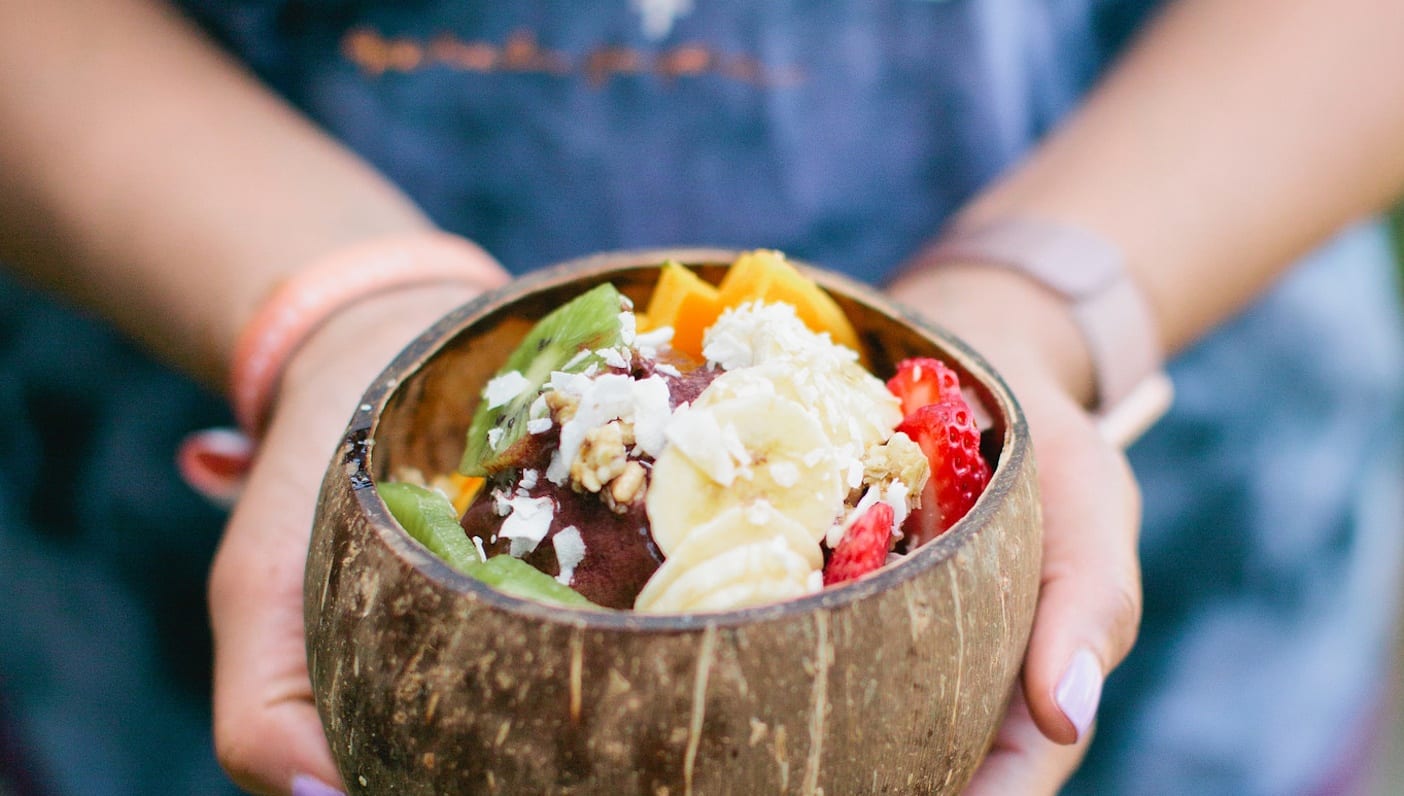
We’re encouraged to reduce our waste by not purchasing more than we need, partake in stem to root cooking to use every bit of the produce, and correctly compost waste should there be any. However, what we’re not often aware about is how much control retailers have over what we buy before we even step into the supermarket.
1.3 billion tonnes of food is wasted globally, according to a United Nations report. That’s one whole third of all the food we produce. With fruit, vegetables and roots making up 40-50% of that, this brings to light an obscure food consumption topic: rejection of ugly produce. Not old, not moldy, still perfectly tasty. Just ugly.
The beauty standards of produce can be so high that retailers may simply throw away fruit and vegetables that are less than pretty. This results in food being narrowly categorised as either edible (attractive) or inedible (ugly), heavily impacting growers who rely on such retailers for their main source of income and leaving behind an unfair, unnecessary trail of wastage. Wastage that needlessly adds to spending of water, land, energy and labour, as well as contributes to global warming and climate change.
Connection With the Earth We Stand On
Have we been conditioned to not purchase food that isn’t up to a specific appearance standard? As buyers who are mostly exposed to just the beautiful, this practice can distance our relationship to growers. However, behind every ugly fruit and vegetable is a local grower facing less than perfect weather, temperature and soil conditions. What we can do is acknowledge the human and natural elements of where the produce has come from. And take a step back, and channel a time where the beauty of our produce didn’t define your choice in purchasing.
Join the Zero Waste Movement
Thankfully, around the world there are people and businesses who find homes for ugly produce. Without us always knowing, ugly produce can be the ingredients of beautiful, delicious dishes served in restaurants or crushed and blended into healthy juices and smoothies. Large supermarket chains are steadily joining the zero waste movement by stocking funny looking fruit on their shelves for a discounted price. This helps environmental-conscious and budgeting shoppers, local growers and the environment.
Even if just one-fourth of the food wasted globally could be saved, it would be enough to feed 870 million hungry people in the world. Be amidst the food waste revolution. We have purchasing power and can make a positive change by consuming more mindfully. We can choose local and seasonal produce, and gain a deeper connection to people and place by shopping at farmers’ markets. We can ask (and demand) that our retailers, big and small choose to stock imperfect fruit and vegetables. With increased education and awareness, and taking action through our combined efforts, we’ll all see that imperfect produce is perfectly consumable.
Tackling a global environmental issue begins with one conscious individual bringing about small change. We connect with ourselves through nature. In choosing ugly fruit, we honour nature and become the holistic wellness warriors we strive to be.
—
 Katie Hine is a zero-waste advocate, environmental student and blogger/creator. Based in New Zealand, she is embarking on an exciting journey to discover the passion and creativity in her global community, her environment, and herself. The challenge she seeks is to encourage and inspire through the connection of communities with zero waste and environmental mindfulness.
Katie Hine is a zero-waste advocate, environmental student and blogger/creator. Based in New Zealand, she is embarking on an exciting journey to discover the passion and creativity in her global community, her environment, and herself. The challenge she seeks is to encourage and inspire through the connection of communities with zero waste and environmental mindfulness.
You can follow Katie on Instagram. Or visit Katie’s website.
In partnership with WhaiOra
WhaiOra are a team based in beautiful Taupō, New Zealand. They believe good food choices spark change, so they set out to be the change. WhaiOra is the pursuit of wellbeing and they have been on a quest throughout New Zealand to make a real food smoothie blend with the finest produce. WhaiOra, natural goodness made easy.